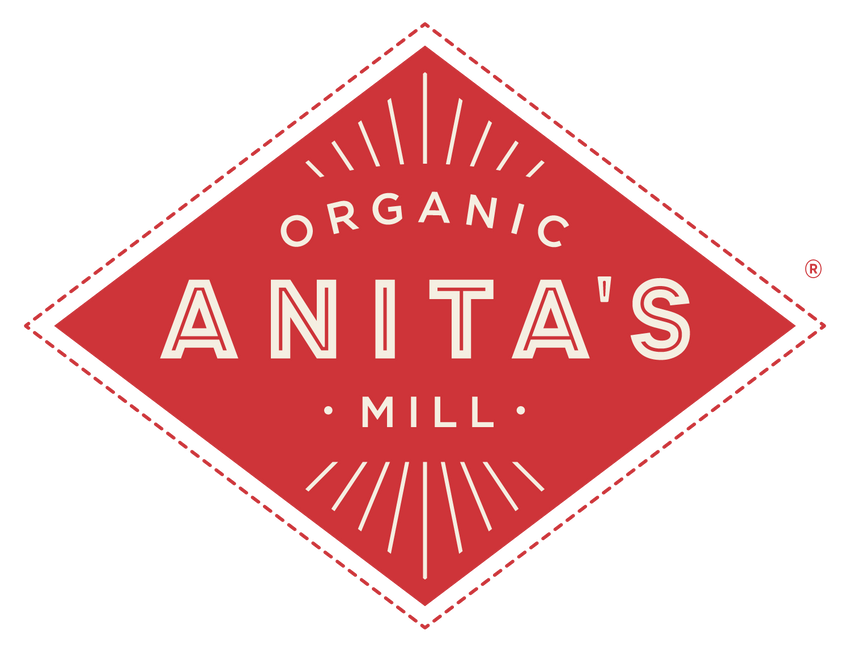
How to Plan Your Garden for Seed Saving
We have all inadvertently saved a few seeds, probably through neglect of the garden. Maintenance gets ahead of us, we don’t deadhead flowers, or we miss a few vegetables in harvest. The result is seeds!
nnn
Want more organic gardening tips?
Download our free eBook.
Tags:
We have all inadvertently saved a few seeds, probably through neglect of the garden. Maintenance gets ahead of us, we don’t deadhead flowers, or we miss a few vegetables in harvest. The result is seeds!
Choose Your Seeds
Purchase heirloom or open-pollinated seed, if you are growing your own starts. Avoid hybrids, which are labeled with ‘F1’ after the name. On this page of a seed catalog, you can see how heirlooms and F1 hybrids are described. The same holds true if you are buying starts. Read the labels, and avoid hybrids. I recommend beginners start with one variety until they get the hang of seed saving and want to expand. For example, grow one variety of tomatoes, bush beans or zucchini to start. It’s also helpful to create a special section of the garden just for seed saving so you can experiment with seeds while without giving up your food garden. Open pollinated plants are fertilized when wind, birds, bats, or humans distribute pollen from one plant to another. To avoid accidental pollination, you need to isolate your seed producing plants from those of the same species.Know your Genus, Species, and Variety
Cucurbits (a genus) cross readily, and need to be separated by ¼ mile to avoid cross-pollination. However, the various species of the cucurbits will not cross. C. pepo (summer squash) will not cross with C. maxima (winter squash), for instance. There are several C. pepo varieties, though, and they will cross. Read your labels, and know what you are growing. If you can’t provide the space recommended for isolation, or if your neighbors might be growing the same thing, purchase small fabric sacks to put over flowers, or cages over entire plants. Be prepared with these tools when your plants are flowering! You can also hand-pollinate, manually moving pollen from male flowers to female flowers. Another way to isolate flowering plants is to stagger their plantings. This works well on short season crops, such as lettuce. A spring crop will flower and go to seed in early summer. Lettuce planted in early to mid-summer will flower later, after the first crop’s seed has been harvested.Promote Genetic Diversity
Grow several plants of your chosen variety. Don't save seed from one. You need several to maintain diversity and plant vigor. Ten beefsteak tomato plants will yield a genetically diverse seed.It Takes Time
Plan for your seed producers to be in the garden longer. Beans may take 60 days to harvest to eat, but they will take 80 to make seed. If you practice succession planting, take those extra few weeks into consideration. This is all very simplified and far from complete, but there are many resources available. Get more details from Seed Savers Exchange, the International Seed Saving Institute, and Native Seeds/SEARCH. The time to plan for seed saving is now for the best success!Would you like to be the first to hear about our new products and more? Sign up for our Nature’s Path Newsletter.








